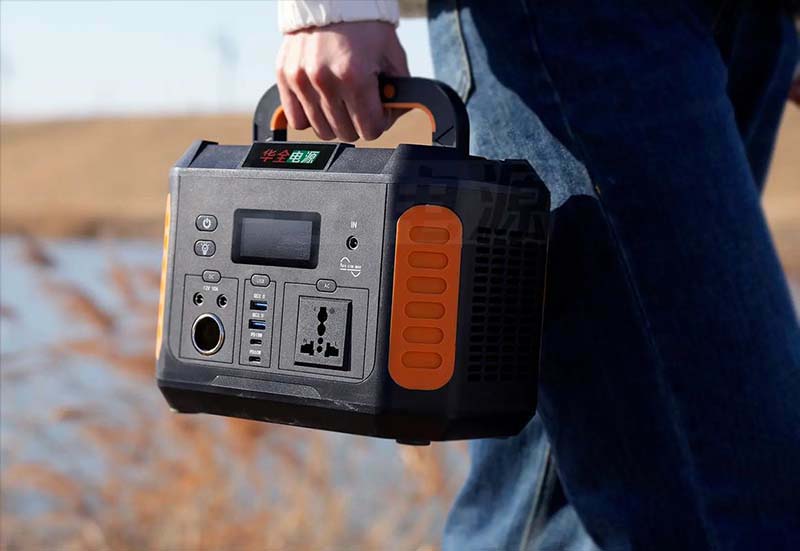map of power stations in south africa
Portable power station can be used for Portable projectors, Smart locks, Electronic thermometers, Manicure lights, Bluetooth headphones, etc, South Africa’s energy landscape is dominated by a diverse range of power stations that play a crucial role in fueling th...

Essential Devices Powered
- The silicone raised buttons allow for precise operation even when wearing thick gloves.
- The fault codes are displayed visually, making it easier to troubleshoot problems.
- 16A/10A dual-specification AC socket, compatible with devices of different power ratings.
- Energy storage capacity ranges from 50Wh to 15000Wh, catering to diverse needs.
- Available in black, white, blue, green, and other colors to suit different scenarios.
Camping Benefits
- Power supply for campsite electric sunshade drive equipment
- Charging of power line inspection drones
- Outdoor yoga/Pilates speaker + heart rate monitor power supply
- Operation of new energy experimental equipment in vocational schools
- Scooter/Balance Scooter charging
South Africa’s energy landscape is dominated by a diverse range of power stations that play a crucial role in fueling the nation’s economy and daily life. The map of power stations in South Africa highlights key locations where electricity is generated, including coal-fired plants, renewable energy sites, and nuclear facilities. The majority of power production comes from coal power stations situated primarily in Mpumalanga and Limpopo provinces, such as the Kendal and Matimba power stations, which are among the largest in Africa. Additionally, South Africa is expanding its renewable energy capacity, with wind farms and solar parks emerging in regions like the Northern Cape and Western Cape, contributing to a cleaner and more sustainable energy future. The Koeberg nuclear power station near Cape Town is the only nuclear facility in the country, providing a significant portion of low-carbon electricity. Understanding the geographic distribution of these power stations is essential for planning energy infrastructure, managing resources, and ensuring a stable supply. This map serves as an important tool for policymakers, investors, and citizens interested in South Africa’s energy development and its transition toward more sustainable power generation methods.


